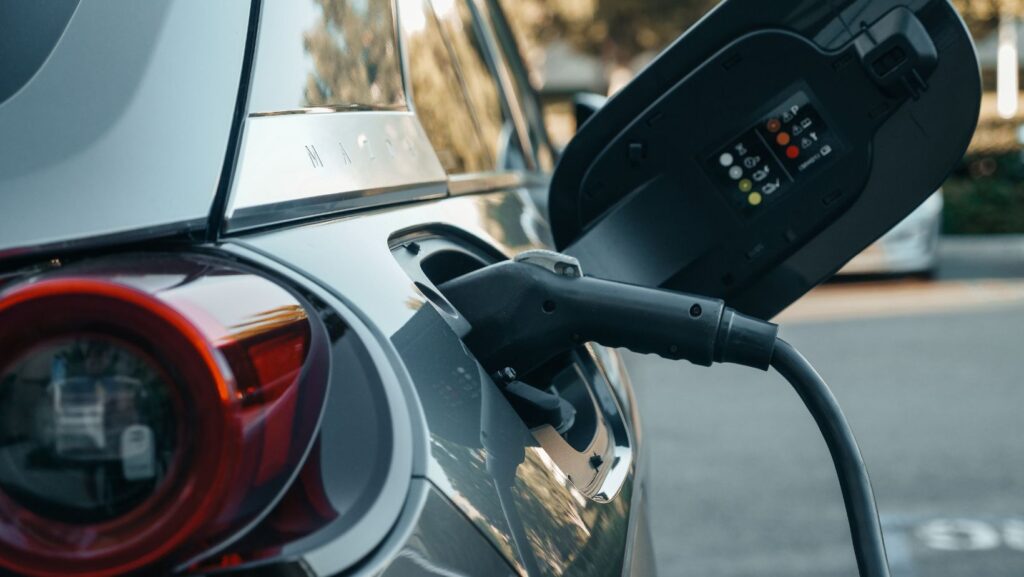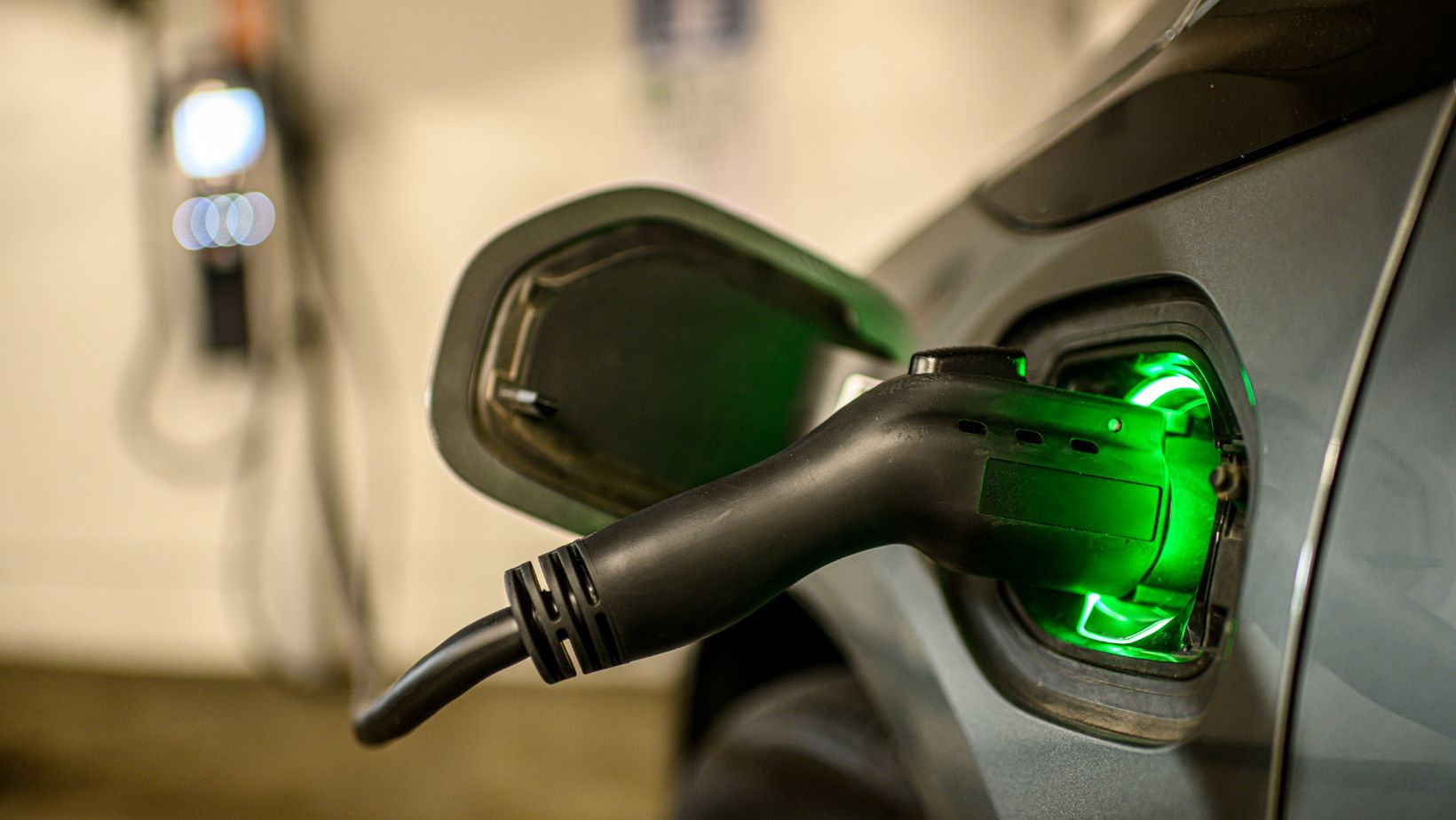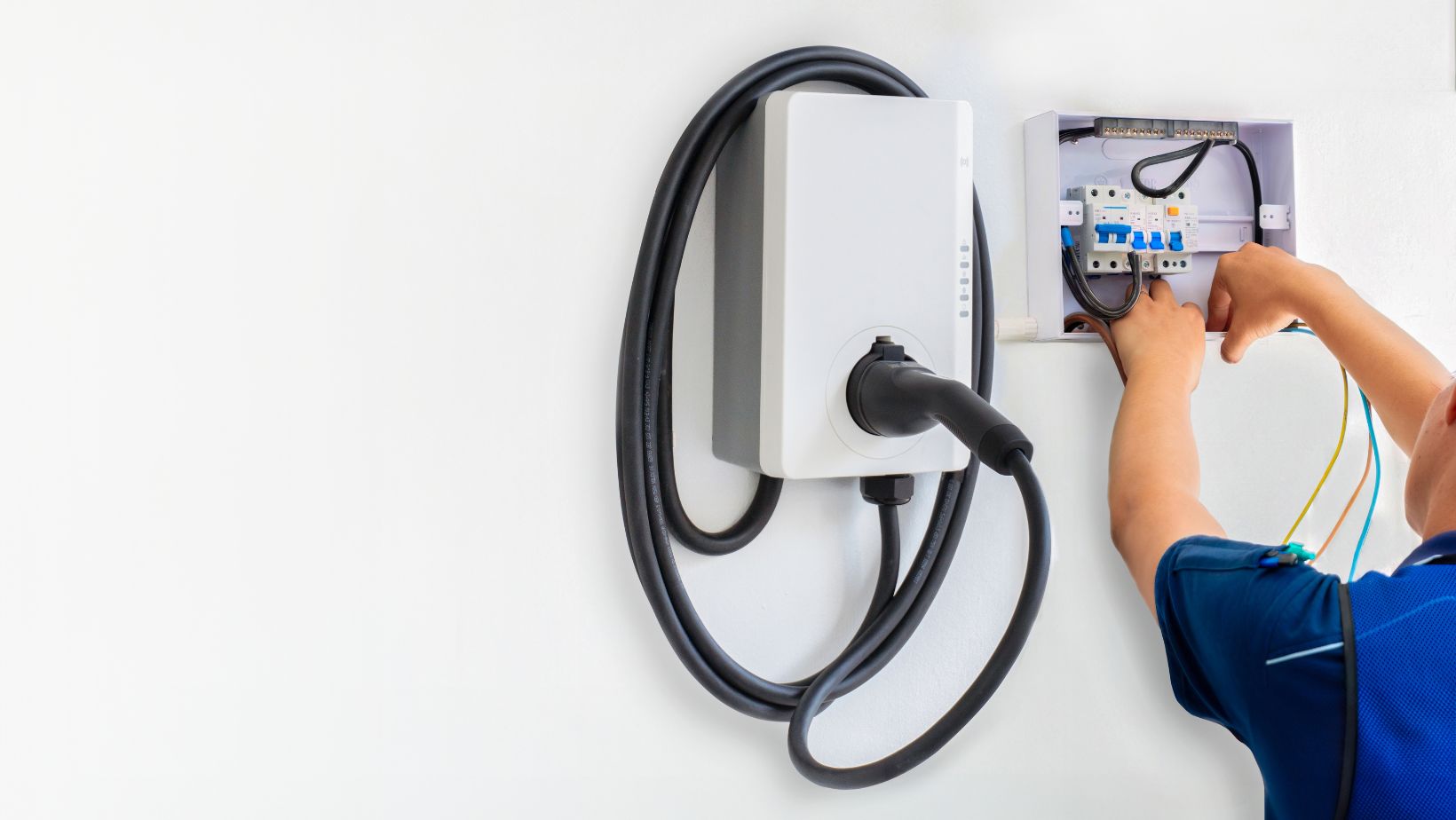As electric vehicles (EVs) continue to gain popularity, more homeowners are considering the convenience and advantages of installing a home EV charging station. Charging your vehicle at home eliminates the need to rely on public stations, offers greater flexibility in managing your time, and allows you to take full control of your vehicle’s charging schedule. We will explore why homeowners choose to bring EV charging capabilities into their garages and driveways. This shift represents more than a trend; it reflects a broader commitment to sustainable living, energy independence, and modern convenience. With more models of electric vehicles entering the market, the infrastructure to support them is becoming a critical part of home ownership for EV drivers. Installing a home charging station is not just about adding a plug—it’s about creating an integrated system that works with your lifestyle and aligns with your long-term energy goals.
A Forward-Thinking Investment for EV Owners
1.Factors to Consider When Choosing a Home EV Charging Station
Selecting the right EV charging station for your home involves several key considerations, including charging speed, compatibility, installation requirements, and your household’s energy capacity. Level 1 chargers plug into a standard outlet and are typically slower but may suffice for drivers with minimal daily mileage. Level 2 chargers, however, provide faster charging and are the preferred option for many EV owners. These units often require a dedicated 240-volt circuit installed by a licensed electrician to ensure safety and performance. When planning your setup, it’s crucial to evaluate whether your home’s electrical panel can handle the additional load or if upgrades are needed to support the new circuit. In addition to technical specifications, consider where the charger will be installed, such as inside a garage or mounted outside. Weatherproofing and cable length may also affect your choice of equipment. Homeowners looking to install a home EV charging station in Vancouver benefit from working with local electricians familiar with regional codes and permitting requirements, ensuring the process goes smoothly and complies with safety standards. Considering these factors helps avoid costly delays and guarantees that your charging station will meet current and future needs as EV technology evolves.
2.Installation Process and Electrical Considerations
Installing a home EV charging station involves more than simply plugging in a device; it requires careful planning, professional wiring, and adherence to local electrical codes. The process typically begins with evaluating your home’s electrical system to confirm it can support a Level 2 charger. If your panel lacks available circuits or sufficient amperage, upgrades may be necessary before installing the charger. Once the infrastructure is confirmed, the electrician will run wiring from the panel to the designated installation site, mount the charging unit securely, and connect it to power. The electrician will also test the system to ensure it operates correctly and may recommend installing a surge protector to safeguard the charger and connected devices. Permits and inspections may be required, depending on your jurisdiction, so working with a licensed professional ensures compliance and avoids penalties. The installation process emphasizes safety, as EV chargers handle significant electrical loads and must be adequately grounded and protected against environmental exposure. Once installed, the charger integrates seamlessly into your daily routine, providing reliable, on-demand charging that keeps your vehicle ready for every trip without the hassle of public stations.
3.Long-Term Savings and Environmental Impact
One of the primary reasons homeowners invest in a home EV charging station is the potential for long-term savings on fuel and maintenance costs. Charging an electric vehicle at home is generally less expensive per mile than purchasing gasoline or relying on public charging stations, especially during off-peak electricity hours. Many utility companies offer time-of-use rates that incentivize charging at night, further reducing expenses. Over time, these savings can add up, offsetting the initial cost of the charger and installation. Beyond financial benefits, home EV charging contributes to a lower carbon footprint by encouraging cleaner energy sources. Some homeowners pair their charging station with solar panels or participate in green energy programs their utility provider offers, amplifying the environmental benefits. Installing a home charger also supports the broader transition to electric mobility by reducing strain on public charging infrastructure and ensuring that your vehicle is powered by energy under your control. This sense of autonomy and sustainability aligns with many homeowners’ values, creating a synergy between personal convenience and global environmental goals.
Installing a home EV charging station represents a forward-thinking investment that enhances convenience, supports sustainability, and delivers financial savings over time. By bringing EV charging into your home, you gain flexibility in how and when you charge, eliminate the inconvenience of public charging stations, and future-proof your property for the growing shift toward electric transportation. From selecting the correct charger to ensuring a safe and compliant installation, each stage of the process reflects a commitment to making your home smarter, greener, and more adaptable to modern needs. As the world moves steadily toward electrification, having your charging infrastructure is more than a luxury—it’s becoming necessary for EV owners who want to make the most of their investment. Whether you’re an early adopter or new to electric vehicles, a home charging station transforms how you drive and interact with energy, positioning you at the forefront of sustainable living.


